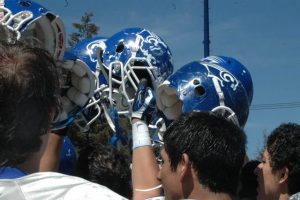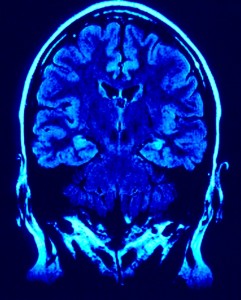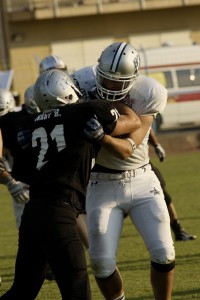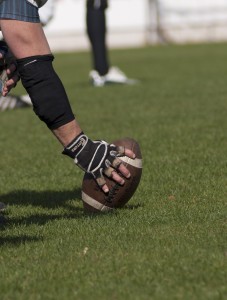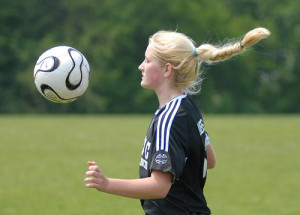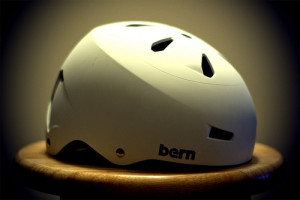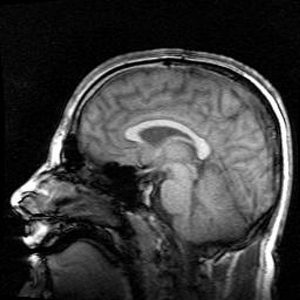 If your child currently plays tackle football in San Diego County, you might want to think twice before agreeing to let your child attend another practice or play in another game. Indeed, according to a recent article from NBC News, a new study suggests that head injuries of all sorts—including but not limited to concussions—may irreparably alter a child’s brain. The study was conducted by a team of researchers at Wake Forest Baptist Medical Center, who were interested in exploring the wider effects of head trauma on kids who play football. Unlike several other recent studies, these researchers wanted to broaden their study to include more brain injuries than just concussions. In so doing, they learned that various types of head injuries can change the way a child’s brain works.
If your child currently plays tackle football in San Diego County, you might want to think twice before agreeing to let your child attend another practice or play in another game. Indeed, according to a recent article from NBC News, a new study suggests that head injuries of all sorts—including but not limited to concussions—may irreparably alter a child’s brain. The study was conducted by a team of researchers at Wake Forest Baptist Medical Center, who were interested in exploring the wider effects of head trauma on kids who play football. Unlike several other recent studies, these researchers wanted to broaden their study to include more brain injuries than just concussions. In so doing, they learned that various types of head injuries can change the way a child’s brain works.
Details of the Recent Study of Youth Football Players
Currently, about three million kids across the United States play in tackle football programs. Up until now, research has primarily looked at the effects of concussions and has explored ways to prevent mild traumatic brain injuries (TBIs). However, the recent study from Wake Forest suggests that we need to be worrying about more injuries than just concussions.
 North County San Diego Injury Lawyers
North County San Diego Injury Lawyers


